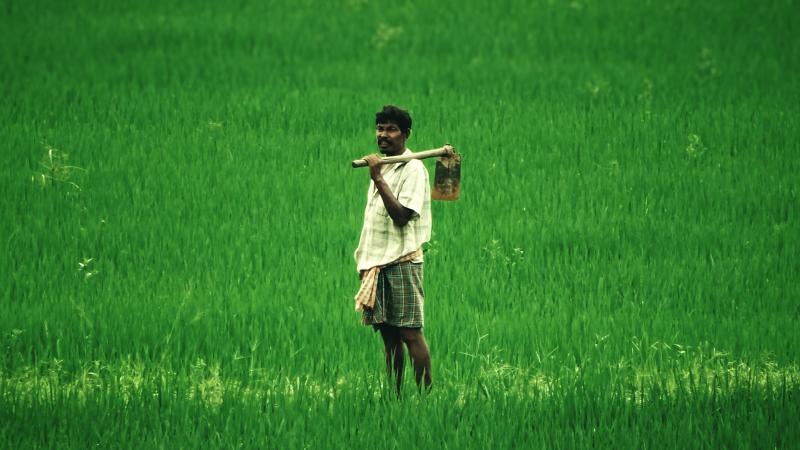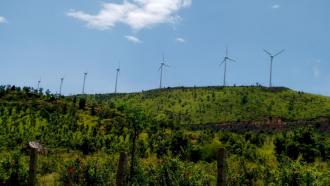
During the years 2018-2019, India witnessed a few ‘Kisan Long Marches’, where thousands of farmers took to the streets. They marched against state and central governments to alleviate their suffering. Their demands included loan waivers, proper land ownership rights, access to insurance and other welfare schemes, and obtaining a justified price for their crops. The Indian farming community is facing a crisis and farmer suicides are increasing by the day. In 2015, this number stood at 45 per day, and since then, the Government of India has stopped publishing the statistics.
Does the country’s social and caste structure add to these woes of the farming community? A recent study by researchers at the International Maize and Wheat Improvement Center (CIMMYT), Mexico, ICFAI Business School (IBS), Hyderabad and National Institute of Rural Development and Panchayati Raj, Hyderabad, has found some insights. The study, published in the journal PLOS One, explored if caste of the farmers played a role in them having access to agriculture-related information. It was funded by CGIAR, a global partnership dedicated to reduce rural poverty and increase food security.
About 55 years ago, the ‘Green Revolution’ began in India to address the agrarian crisis of that time. It pushed for the mechanisation of agriculture and established information dissemination schemes to ensure farmers had the latest knowledge on better quality seeds, fertilisers and other techniques. These schemes include workshops and conferences conducted by agricultural colleges/universities and agents who personally provide information through extension services. However, not all communities could avail these facilities as caste-based discrimination has the potential to sabotage most of these community-based systems.
The researchers of the current study used data from the 2013 Situation Assessment Survey (SAS) of Agricultural Households. This survey gathered data on farmer households and their access to necessary and modern farming resources. Their analysis of this data revealed that the farmers, who belonged to socially marginalised classes, had lower access to government schemes and other information dissemination systems.
“The finding that marginalised caste farmers have lesser access to extension services is rather well-known at least within India. However, it is rarely studied in depth,” says Dr Vijesh V. Krishna, lead economist at CIMMYT and the lead author of this study.
In India, about 70% of households are dependent on farming. About 82% of these belong to marginalised classes like the scheduled castes, scheduled tribes and other backward classes.
The study found that the likelihood of a farmer from these castes contacting an official or agent for agricultural advice was low when compared to one belonging to an upper caste. Other factors, like having smaller farms and the lack of primary education in these marginalised sections, worsened the crop production outputs. A combination of these factors, in turn, reduced their income levels, and they fell into a poverty-trap.
The researchers run different statistical models to understand the underlying patterns. It showed that the composition of the community seemed to determine the benefits reaped. In a society composed of mostly upper-caste farmers and very few lower-caste farmers, the upper castes benefitted hugely from the government resources as compared to the lower castes. In contrast, in communities where most households were poor and marginalised, no particular caste seemed to have an advantage.
“The study provides direct evidence for discrimination occurring through the differential quality of public extension services based on the demographic composition of districts. In districts with a large share of marginalised castes and poor households, the benefit from extension access was marginal for all caste groups,” reiterates Dr Krishna.
The findings show that caste-based discrimination continues to play a crucial role in the socio-economic structure of our country from the grassroots level.
The researchers suggest a few policy recommendations, which they believe could help in alleviating the crisis. These include identification of the degree of marginalisation in each area, using the number of marginalised beneficiaries as a proxy for the success of a welfare scheme and promoting positive ties among the farming community.
This article has been modified based on the author’s inputs provided at the time of vetting. The error is regretted.






